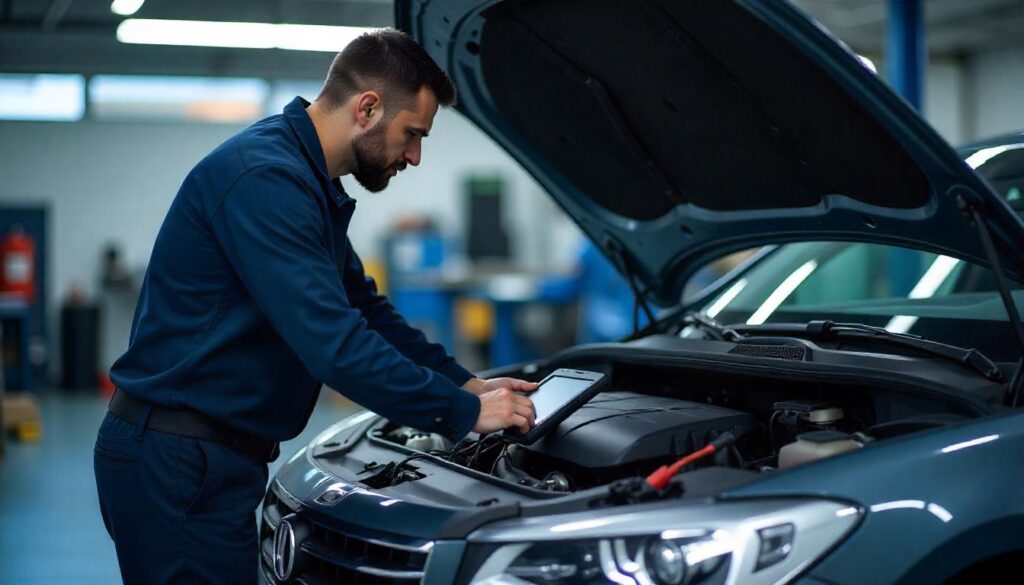Information
Car control units and electronic diagnostics: the 5 most common problems and how to fix them
In recent years, cars have become increasingly electronic, and the ECU (Electronic Control Unit) has become the "brain" of the vehicle. It manages fuel injection, ignition, sensors, safety systems, and much more. However, when something goes wrong, diagnosis can become complex. In this article, we look at the 5 most common ECU problems, their main symptoms, and how to fix them.
1. Difficult or impossible start-up
The car won't start or starts with difficulty, for no apparent reason. A malfunction in the engine control unit can disrupt ignition or fuel injection. In these cases, connecting an OBD-II scanner is helpful. If the control unit isn't communicating, it may be damaged or have a power supply issue.
2. Warning lights on the dashboard (check engine, ABS, airbag)
If inexplicable warning lights come on, often in combination, there may be a fault in the main control unit or in one of the secondary control units (ABS, airbag, transmission). It is essential to perform a complete electronic diagnosis to read the fault codes. In some cases, it is simply a faulty sensor, but other times, the control unit needs to be replaced or reprogrammed.
3. Abnormal engine behavior
Loss of power, jerking, rough idling, or increased fuel consumption may be caused by an ECU receiving incorrect signals from sensors such as the lambda probe, MAF, or rpm sensor. It's advisable to check the sensors and, if necessary, update the ECU software. In more severe cases, replacement may be necessary.
4. Communication problems between control units
When the mechanic can't connect to the car to perform a diagnosis, there may be a communication problem between the control units or with the diagnostic tool. In these cases, the wiring, fuses, and connections on the CAN-BUS network are checked. If everything is in order but communication isn't working, one of the control units is likely faulty.
5. Battery drains quickly
If the car's battery drains even after a few hours of inactivity, a control unit may remain active even with the engine off, continuing to draw current. It's important to analyze the power draw while the vehicle is stationary. If a control unit is detected that won't go into standby mode, it will need to be replaced or repaired.
What to do if you suspect a fault in the control unit
Don't improvise: the control unit is a delicate and expensive component, and misdiagnosis can make the situation worse. Always rely on a center specialized in electronic diagnostics and ECU repair. In many cases, it's not necessary to replace the control unit: a technician can solve the problem with a simple repair or reprogramming.

